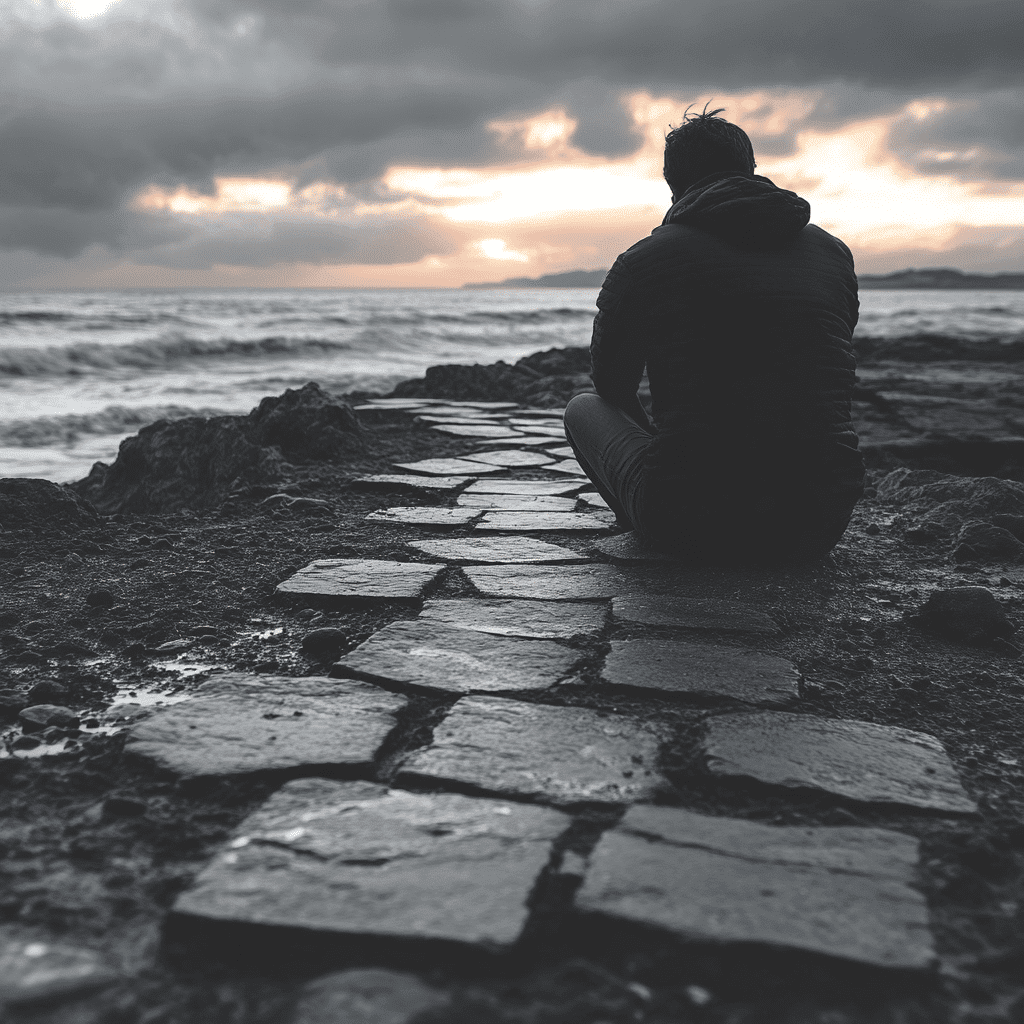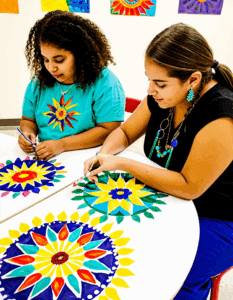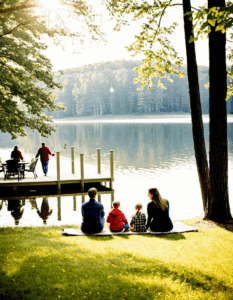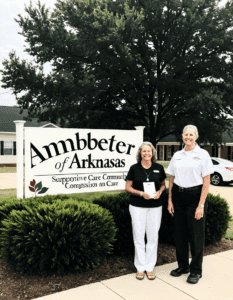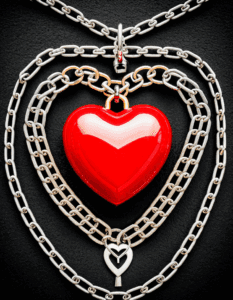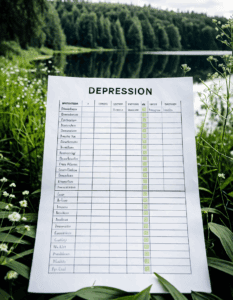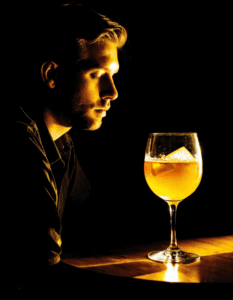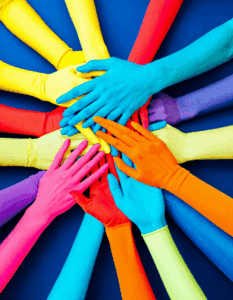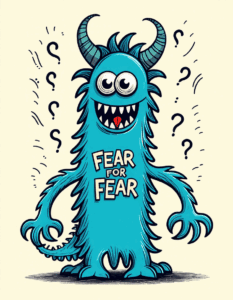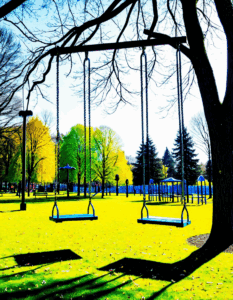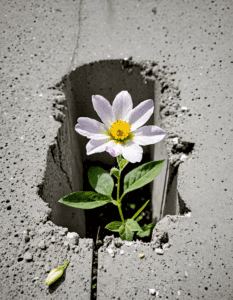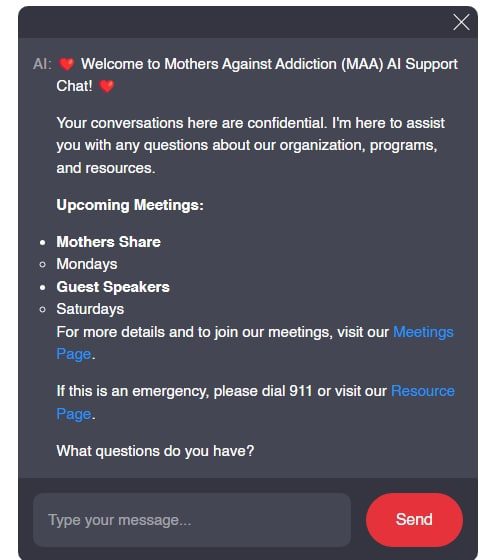Addiction isn’t just a personal battle. It resonates through families, communities, and generations. To break the cycle of addiction, we must first understand its deep and tangled roots.
Understanding the Roots of Addiction: A Deeper Dive
Addiction’s grip can often be traced back to a matrix of factors. Genetics, psychological elements, and environmental influences play significant roles. The National Institute on Drug Abuse (NIDA) tells us that 40-60% of addiction susceptibility is genetic. Trauma and mental health disorders don’t just contribute—they often amplify the struggle. People with trauma histories are nearly four times more likely to grapple with addiction.
Environmental factors are no slouches either. Peer pressure, family dynamics, socioeconomic status, and the availability of drugs all feed into the vicious cycle. Understanding these components is crucial for families wanting to help their loved ones arrest addiction’s relentless cycle.
Top 7 Strategies for Breaking the Cycle of Addiction
1. Evidence-Based Treatment Programs
Rehabilitation programs grounded in scientific evidence are critical. SAMHSA’s TIP 63 shows that integrating Medication-Assisted Treatment (MAT) with behavioral therapy results in lower relapse rates. In these programs, medications like methadone or buprenorphine work hand-in-hand with counseling to give individuals a robust recovery foundation.
2. Holistic Healing Approaches
Institutions like the Betty Ford Center exemplify holistic approaches. Alongside traditional therapy, they offer yoga, meditation, and acupuncture. This multi-pronged strategy addresses the physical, emotional, social, and spiritual dimensions of addiction, promoting well-rounded healing.
3. Family-Centric Therapies
Family dynamics profoundly influence addiction and recovery. According to SAMHSA, Multifamily Group Therapy (MFGT) brings multiple families together. This communal setup fosters sharing and mutual support, empowering families to provide a strong backbone for the individual in recovery. Learn more about the benefits of involving your family in therapy here.
4. Life Skills Training
Mastering life skills such as effective communication and stress management can dismantle addiction’s underlying triggers. Programs by the Hazelden Betty Ford Foundation focus on life skills training, teaching participants to manage stress, set and achieve goals, and maintain healthy relationships. Improving communication in recovery is a key component of this approach. Check out more details here.
5. Sober Living Homes
Post-rehabilitation can be a precarious time, and sober living homes provide a crucial bridge. Places like the Oxford House offer a safe, supportive environment where individuals can adapt to sober living. Peer support in these homes ensures accountability, significantly reducing the risk of relapse.
6. Continuous Support and Aftercare
Long-term support systems are critical for sustained recovery. Programs like those by The Phoenix offer ongoing support through mentorship and alumni networks. These avenues provide a platform for individuals to give back and uplift others, reinforcing their own recovery journey.
7. Policy Advocacy and Education
Organizations like Shatterproof are at the forefront of policy advocacy and education. They work tirelessly to influence legislation, ensuring that treatment becomes accessible and equitable for everyone. Their widespread educational campaigns aim to dismantle the stigmas surrounding addiction, promoting evidence-based treatments.
| Key Areas of Focus | Description | Actions & Strategies | Expected Outcomes |
| Cooperating with Therapy | Engaging fully with therapeutic processes, including individual and family therapy sessions. | – Attend all scheduled therapy sessions – Be open and honest during discussions – Follow therapist’s guidance and advice |
– Development of coping mechanisms – Increased self-awareness – Emotional healing and family support |
| Participating in Peer Group Sessions | Joining and actively engaging in peer support groups like NA (Narcotics Anonymous) for shared experiences and mutual support. | – Regular attendance at group meetings – Sharing personal stories and listening to others – Building a network of accountability |
– Reduction in feelings of isolation – Peer encouragement – Practical tips and strategies from those who understand |
| Educating Yourself about Addiction | Understanding how addiction works, the science behind it, and research on effective avoidance of relapse. | – Reading books and articles – Attending workshops and seminars – Consulting with addiction experts |
– Better understanding of triggers and relapse prevention – Empowerment to take control of recovery |
| Changing Lifestyle Habits | Modifying daily activities to promote overall well-being and reduce risk of relapse. | – Developing a balanced routine – Incorporating healthy activities like exercise and nutrition – Minimizing stress and avoiding triggers |
– Improved physical and mental health – Enhanced quality of life – Increased ability to handle stress and temptations |
| The Four C’s of Addiction | Compulsion: Irresistible urge to use substances. Cravings: Intense desire for substance use. Consequences: Negative impacts due to addiction. Control: Lack of control over substance use. |
– Recognize and admit presence of these signs – Seek professional help when these signs are identified – Implement strategies to address them |
– Early identification and intervention – Personalized addiction treatment – Increased success in breaking the cycle |
Real-Life Success Stories: Inspiration and Hope
Sarah’s Journey: From Despair to Advocate
Sarah, a single mother from Ohio, battled opioid addiction for nearly a decade. Traditional rehabilitation attempts crumbled, but a comprehensive MAT program turned the tide. Combining medication with Cognitive Behavioral Therapy (CBT), Sarah achieved lasting sobriety. Today, she works as a counselor, inspiring others with her journey from the depths of despair to a beacon of hope.
Johnathon’s Turnaround: The Power of Family Support
Johnathon, a high school athlete from California, fell into substance abuse following an injury that led to prescribed opioids. His family’s involvement in Multifamily Group Therapy transformed their relationships and his recovery journey. Robust family support and holistic healing helped Johnathon reclaim his life, becoming a college athlete and youth advocate.
Revamping Community Initiatives: A Collaborative Effort
Community-based programs like Safe Project underscore the importance of local action. By partnering with schools, religious organizations, and businesses, these initiatives actively support addiction recovery and prevention. Explore innovative community efforts here.
Innovative Outlook: A Path Forward
Breaking the cycle of addiction demands a multifaceted approach. Combining evidence-based treatment, holistic healing, family support, life skills training, and robust aftercare creates a robust foundation for recovery. Our own paths and the collaborative community efforts illustrate that recovery is achievable.
Conclusion
By understanding addiction’s roots and leveraging proven strategies, we can collectively stop its destructive cycle. Sharing success stories, advocating for policy change, and fostering community support will ensure that we not only help our loved ones but also future generations. As part of this mission, we invite you to join us at Mothers Against Addiction and contribute to a brighter, addiction-free future.
This article on breaking the cycle of addiction offers a compassionate yet resilient roadmap for parents and communities. It emphasizes the importance of a holistic approach, combining evidence-based treatments with community and family support. By following these strategies and learning from real-life success stories, we can collectively break the hold of addiction and heal our communities.
Breaking the Cycle of Addiction Secrets
When talking about breaking the cycle of addiction, one might not immediately think of trivia and fun facts. Yet, these can provide surprising insights and engage our understanding in new ways. Let’s dive into some lesser-known nuggets of information while shedding light on this critical issue.
Unlikely Heroes and Influences
Did you know that actor J. Harrison Ghee battled personal struggles before making it big? His journey can be an inspiring example for those on the brink of despair. It’s often those who overcome adversity who bring a spark of hope to others. Similarly, Edward Jordan, whose story is detailed here, turned his life around after a turbulent period of addiction, now stands as a beacon for many.
Technological Touchpoints
It’s fascinating how technology has found its way into our lives and aids in breaking addiction cycles. The Freedom App serves as a pivotal tool for those looking to disconnect from triggers and detox from digital dependency. Did you ever imagine an app could play a significant role in addiction recovery? Seems like we’re living in the future!
Community’s Role in Recovery
Community support cannot be understated when it comes to conquering addiction. Life Church in Rome , Ga provides a sanctuary for individuals and families grappling with addiction, offering not just spiritual guidance but a shoulder to lean on. It’s places like these that make a world of difference by fostering communication and understanding in addiction recovery.
Sports and Unexpected Connections
Here’s a fun twist: The energy and camaraderie seen in games like Miami Dolphins Vs. Kansas city chiefs can act as catharsis for many. Whether playing or spectating, sports harbor an emotional release that help ease the mental burden of recovery. Isn’t it amazing how an enthralling match can do wonders?
Healing Families, Healing Lives
One cannot overlook the importance of family in the healing process. When Families heal From addiction, everyone benefits. The ripple effect of one person’s recovery often extends to loved ones, showcasing the intertwined nature of addiction and family dynamics. It’s all about breaking the cycle of addiction and coming out stronger together. Effective communication in addiction recovery is crucial here, as it fosters a supportive environment conducive to healing and growth.
In closing, breaking the cycle of addiction is a multifaceted challenge, but with the right blend of community support, innovative tools, and inspirational stories, it becomes a journey worth embarking on. Remember, every tiny effort adds up to make a significant impact.
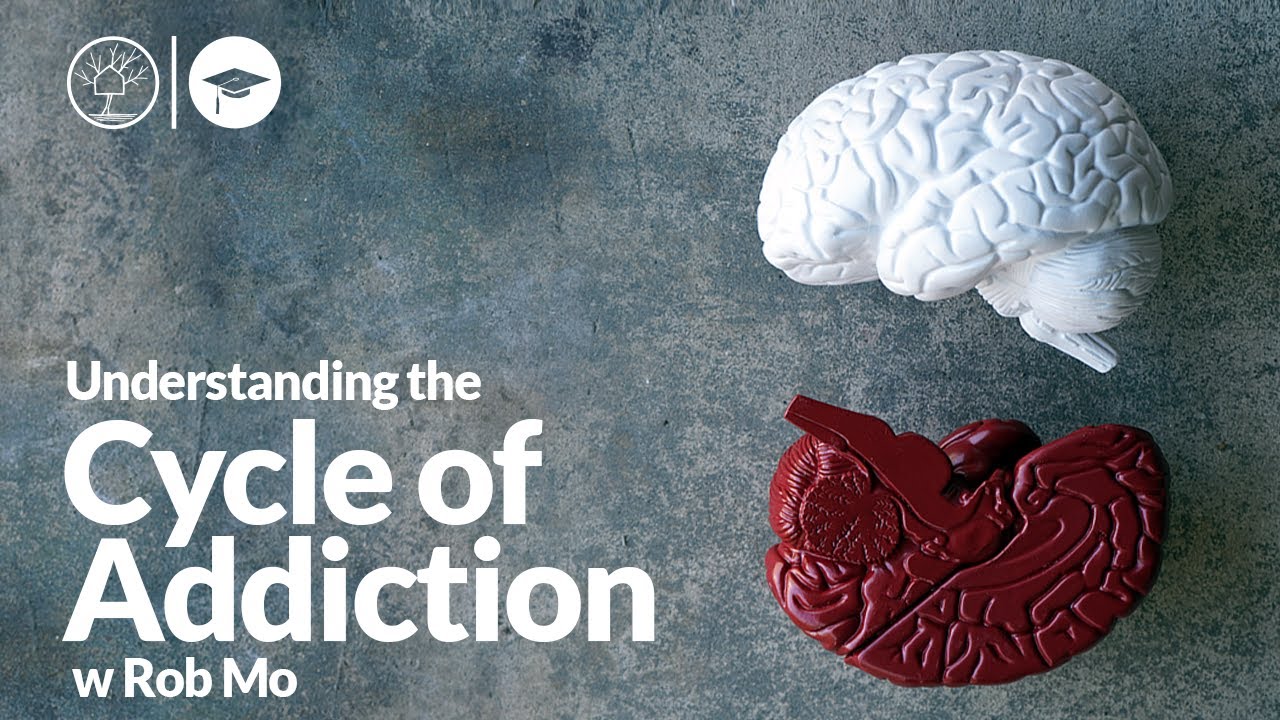
How to break the addiction loop?
Break the addiction loop by cooperating with therapy, participating in peer group sessions, and educating yourself about addiction and relapse prevention. It’s also crucial to examine and improve your daily habits to boost overall well-being.
What are the four C’s of the addiction cycle?
The four C’s of addiction are compulsion, cravings, consequences, and control. These aspects help identify problematic addiction by highlighting the intense urge to use, the strong cravings, the negative outcomes, and the loss of control over substance use.
How do you break out of an addiction?
Breaking out of addiction involves therapy, peer support, and continuous education on how addiction works. Changing lifestyle habits to support your mental and physical health is also vital.
What are the 3 steps of overcoming addiction?
Overcoming addiction typically takes three steps: acknowledging the problem, seeking help through therapy or support groups, and making lifestyle changes to support recovery.
How to do a dopamine reset?
A dopamine reset involves reducing activities that overstimulate dopamine production, like excessive screen time or junk food consumption, and focusing on healthy activities like exercise, proper nutrition, and mindfulness.
How do you cut off an addiction?
Cutting off an addiction requires commitment to therapy, joining peer support groups, educating yourself about addiction, and making significant changes in your daily routine to support a healthier lifestyle.
What are the five rules of addiction recovery?
The five rules of addiction recovery are staying honest with yourself and others, committing to therapy, building a strong support system, focusing on self-care, and continually educating yourself about addiction and coping strategies.
What are the 4 R’s of addiction recovery?
The four R’s of addiction recovery are reorientation, restructuring, reinforcement, and resilience, which guide the process of realigning your life with healthy habits and support systems to maintain sobriety.
What are the three P’s in addiction recovery?
The three P’s in addiction recovery are patience, perseverance, and persistence. Recovery is a long process that requires continuously working on yourself and staying committed despite the challenges.
What are the three types of addicts?
The three types of addicts are those dependent on substances like drugs or alcohol, those with behavioral addictions like gambling, and those with co-occurring mental health issues and addictions.
Can I stop addiction by myself?
Stopping addiction by yourself is incredibly challenging and often not recommended. Seeking professional help and support from others dramatically increases the chances of successful recovery.
How do you break a bad addictive habit?
Breaking bad addictive habits involves recognizing triggers, replacing negative behaviors with positive ones, and seeking support from therapy or peer groups to maintain motivation and resilience.
What are the 7 tips of recovery if you are an addict?
Seven tips of recovery include: attending therapy, joining support groups, setting realistic goals, practicing self-care, avoiding triggers, staying educated about addiction, and surrounding yourself with supportive people.
What are the 12 steps of sobriety?
The 12 steps of sobriety generally include admitting powerlessness over addiction, seeking help from a higher power, making amends for past wrongs, and helping others facing addiction, among other guiding principles.
Why do addicts relapse when things are good?
Addicts may relapse when things are good because they might mistakenly believe they’ve completely overcome their addiction and let their guard down, ignoring ongoing support and coping strategies.
How to get out of the addiction cycle?
Getting out of the addiction cycle involves therapy, peer support, continuous education about addiction, and lifestyle changes to promote overall well-being and prevent relapse.
How to break the habit loop?
Breaking the habit loop means identifying what triggers your addictive behavior, changing your response to those triggers, and finding healthier activities to replace the addictive habits.
How do you break out of a dopamine loop?
Breaking out of a dopamine loop starts with cutting down on activities that overstimulate dopamine and focusing on natural, healthy activities that can stabilize dopamine levels such as exercise and proper nutrition.
How do you break a bad addictive habit?
Breaking a bad addictive habit involves understanding its triggers, replacing it with a healthier habit, seeking support, and staying committed to the change with the help of therapy or support groups.

